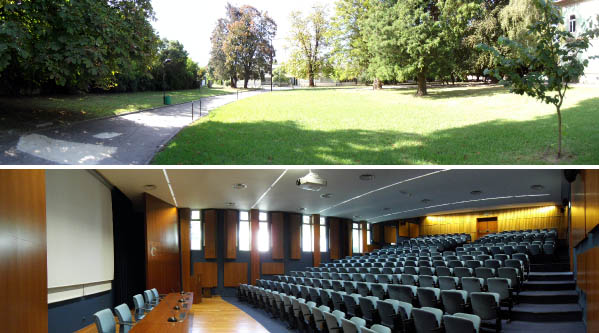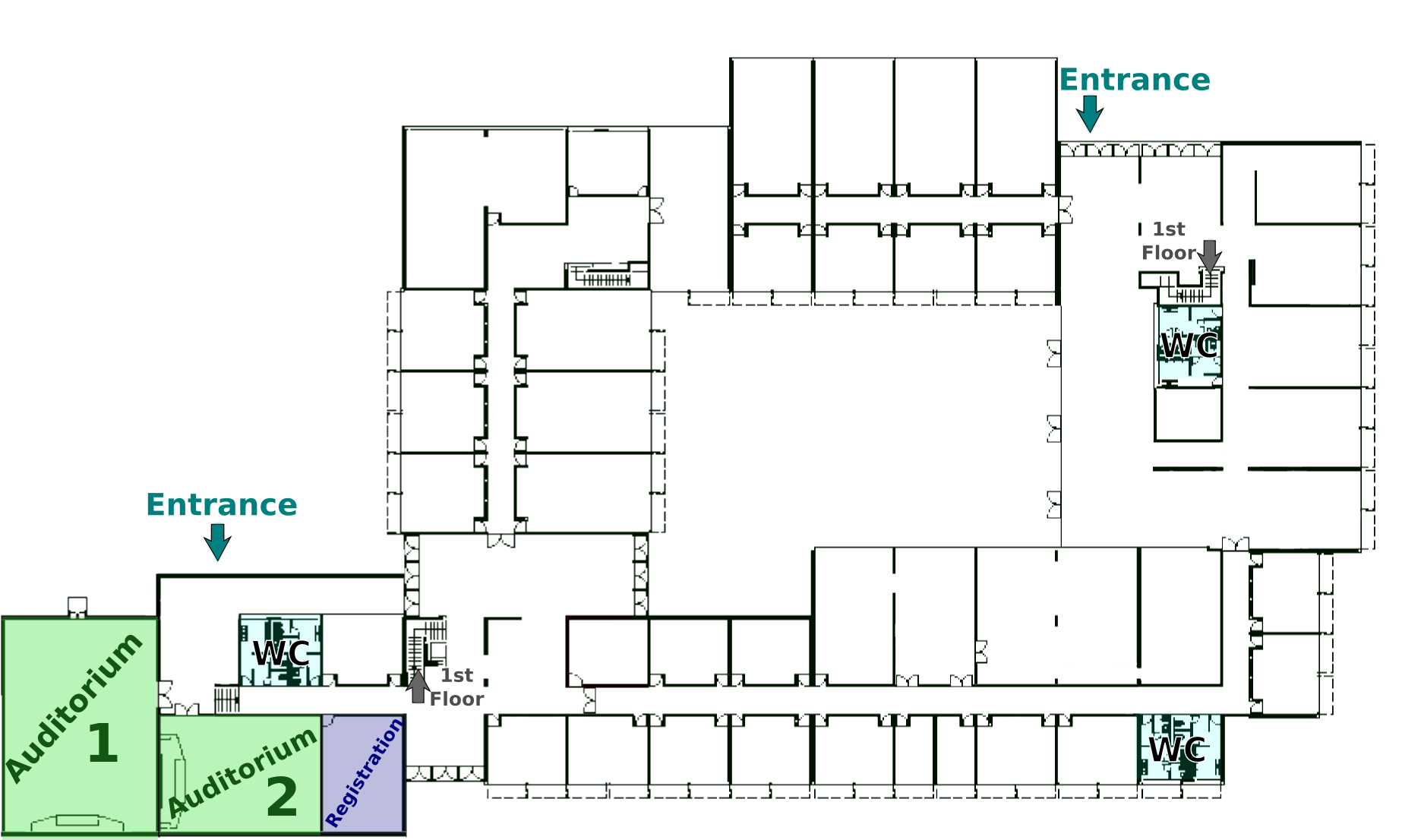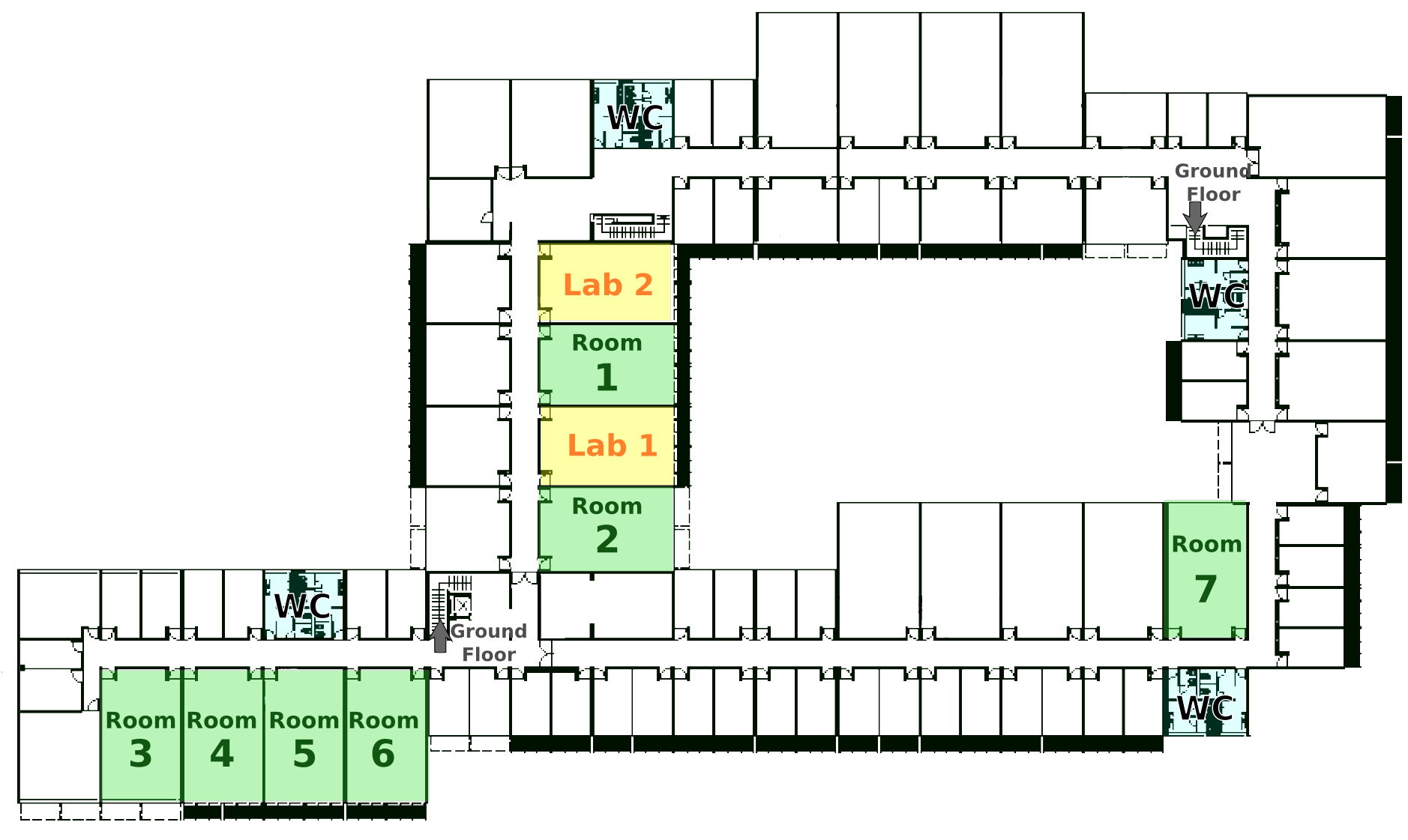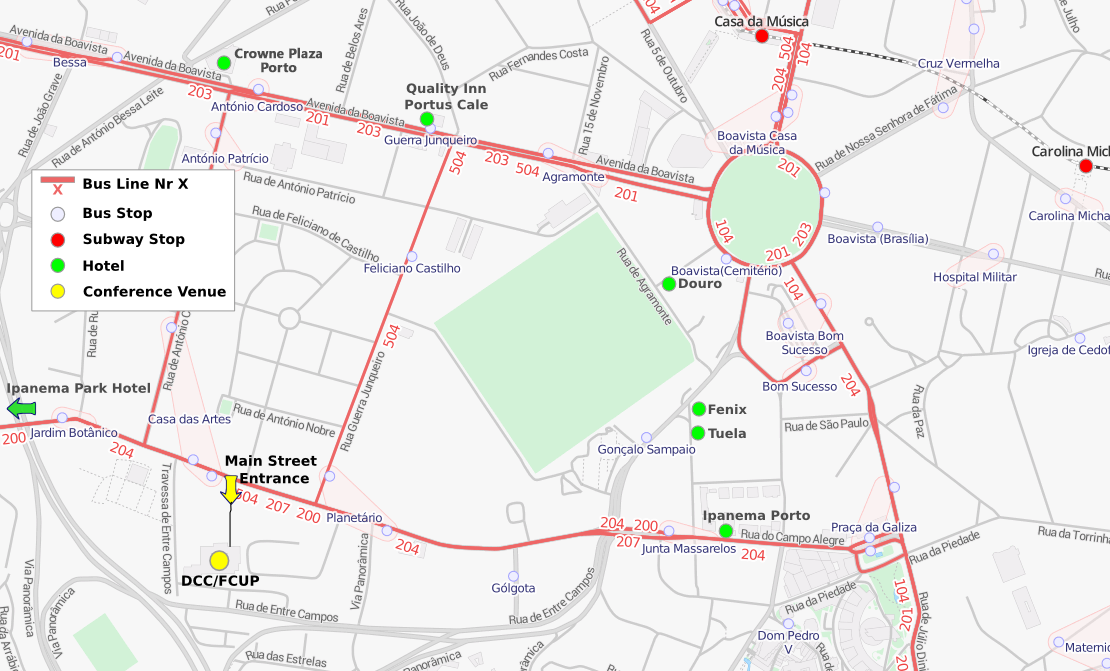Tourist Information
In this page
About Porto
The city of Porto
This gracious capital of the north is Portugal's second largest city and one of the most beautiful in Europe.
Rich from centuries of trade, modern Porto is as much a cosmopolitan centre as it is a city steeped in the historical events of the past. Being built on the slopes of the steep hills that overlook the River Douro, Porto has a truly unique appearance and its historic centre has already been classified by UNESCO as a World Heritage site. The 'granite city' is also known for its striking bridges and the much celebrated Port wine, which is stored and savoured by wine lovers all over the world.
In 2001, Porto was an European Cultural Capital (together with Roterdam), but every year the events held in this city bring together thousands of people. Amongst the city´s most important events are Fantasporto (an International Festival of Science Fiction and Fantasy Films), held in February/March and the city´s popular festivities held in June in honour of St. John the Baptist. Porto's most important cultural buildings are perhaps the a new House of Music, idealized by Rem Koolhaas, and "Museu de Serralves", a very nice Museum of Modern Art.
São João Festivity
S. João is celebrated on June 24th, but the whole month is a long preparation for the one that is proved to be the most popular festival of the city for over 100 years. It was during a referendum promoted in 1911 by a popular daily newspaper (Jornal de Noticias), that the population recognized the festivity of the saint as a festivity of the city and has pioneered the establishment of a municipal holiday, which continues until today.
Every year, on the night of 23rd to 24th of June, the inhabitants of Porto and visitors, domestic and foreign, go to the streets to one that is known to be the longest night of the year in Porto.
On the night of S. João, almost every parish in the city offers a musical ball and even entertainment and modern cultural facilities, as the Casa da Música or the Hard Club, located in the former Ferreira Borges Market, in the historical center, have special programs. There are free concerts in the City Park, in the historical city center and the bars also join the party.
Brief history of the city
In the area where the Douro river ran through, existed a village called Cale (V Century). Later it is referred as Portus Cale and Portucale, the origin of the country´s name. When Vímara Peres repopulates this area in the IX Century, Portucale also designates the territory dependente on it and in the X Century the whole area south of the River Lima.
In the XIV Century the city receives a new mural. Though designated as Fernandina, its construction must have happened between the reigns of D. Afonso IV and D. João I. This fortification defines the historic nucleus of Porto.
In the end of the XV Century Porto had only one parish and its population didn´t go beyond the 10 000 inhabitants (far less than Lisbon, which had about 50 000). However, in the XVII Century Porto knows an important growth due to the wine commerce. The signature of the Methuen Treaty (1703) favours the exportation of wines to Great Britain and then creates the Royal Company of Wine Agriculture of the High Douro ("Real Companhia da Agricultura dos Vinhos do Alto Douro").
Another period of the urban history of Porto happens in the XIX Century with the Industrial Revolution. Many factories settle down in the city, bourgeoisie neighborhoods are built and avenues are opened. Porto becomes a commercial and industrial city, with the parish of Massarelos as its center. In this place, that began as the center of the salt production in the XIII Century, foundries, millings and the first thermal center of town are built. In 1855 public lighting was inaugurated and in 1865 the Crystal Palace (picture on the right) is inaugurated.
The development of a city cannot happen without transportation and the River Douro was an obstacle that was only surpassed with the technical progress of the XIX Century. After some less important bridges, in 1877 was built the D. Maria bridge (for trains) and in 1886 is inaugurated the D. Luis bridge, by Gustav Eiffel, one of the ex-libris of the city. Nowadays Porto has 5 bridges crossing the river, and 2 more are being built.
The 20th century brought even more development to Porto. The renovation of the center begins, with opening of the Aliados's Avenue and the new Town House, and the also the beautiful São Bento Train Station (inaugurated in 1909). The University grows (it is now Portugal biggest academy) and its economy boosts. Today, Porto is a thriving industrial centre (textiles, clothing, shoes and leather goods, beverages and food processing, printing and publishing, and chemicals).
Some Porto links
- Official Porto Tourism Website
- Porto @ Wikipedia
- Porto @ Wikitravel
- Porto @ Tripadvisor
- Go Porto Tourism Guide
- porto-tourism.com
- Porto and the North, the essence of Portugal - June is a good month to visit Porto
Travel Information
Porto is served by a modern international airport, Francisco Sá Carneiro (IATA: OPO).
The airport is served by several international airlines, including low cost alternatives such as Ryanair and Easyjet. For a more detailed list of direct connections please see the aiport destinations page or the correspondent wikipedia section. You can also opt to travel through Lisbon, which has several regular daily flights to Porto.
The airport is located 11Km from the city, and is served directly by a subway station connecting you to the city centre through line E (a ticket from the airport to the city costs 1.85€ + 0.5€ for reusable Andante card). For more information about the subway check www.metrodoporto.pt. A taxi to the city centre will cost around 20€. For a more detailed list of options to go from the airport to the city check this page.
Accomodation
Below is a list of hotel options. You can book by yourself or use the booking option available when filling up the registration form.
- Crowne Plaza Porto - 5 stars
- Ipanema Park - 5 stars
- Ipanema Porto - 4 stars
- Hotel Quality Inn Portuscalle - 4 stars
- Fenix - 3 stars
- Tuela - 3 stars
- Douro - 3 stars
You can check the interactive map with the locations of the venue and the suggested hotels, which are all within walking distance from the venue.
Venue
The conference will be held at the Computer Science Department, Faculty of Sciences, University of Porto.

Venue Map - Ground Floor

Venue Map - First Floor

Directions
Venue Address
DCC/FCUP (Computer Science Department)
Rua do Campo Alegre, nos. 1021-1055
4169-007 Porto
Portugal
Interactive Map
Static Map

Getting to the venue through public transportation
- By subway - the nearest subway station is "Casa da Musica" (lines A, B, C and E) at a walking distance of about 15m. For more information see the official page: "Metro do Porto" (Metro system map in PDF);
- By bus - the nearest bus stop is "Casa das Artes", served by four different regular lines: 200, 204, 207 and 504. This stop is right in front of the venue. For more information see the official page: "STCP - Porto Public Bus" (STCP lines map);
- By train - Porto's main train stations are "S. Bento" and "Campanhã". Both are served by subway stations. Line 207 also passes trough both train stations and the bus stop at the venue.
